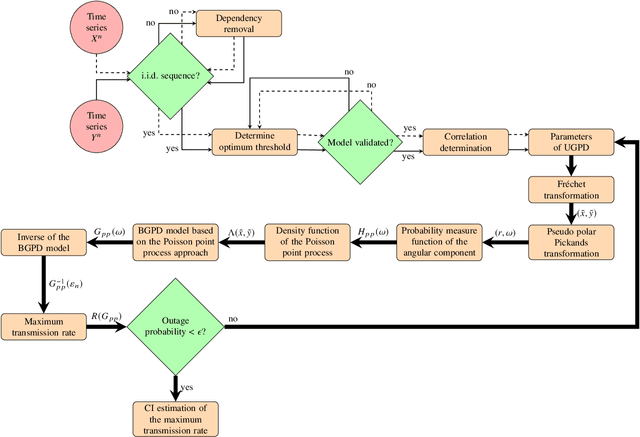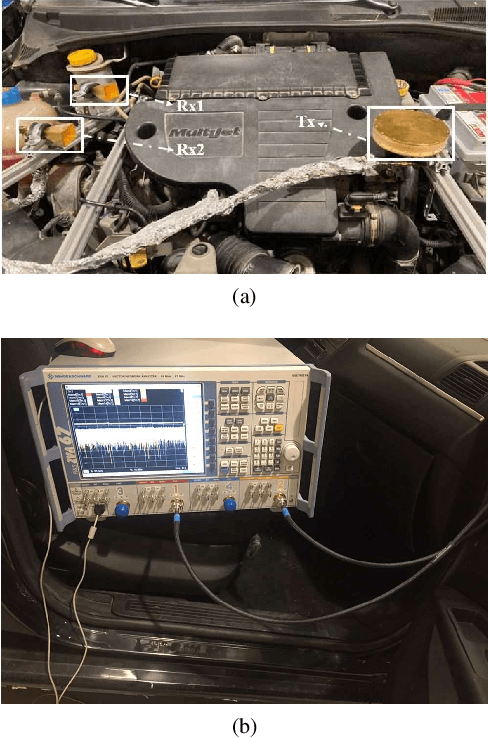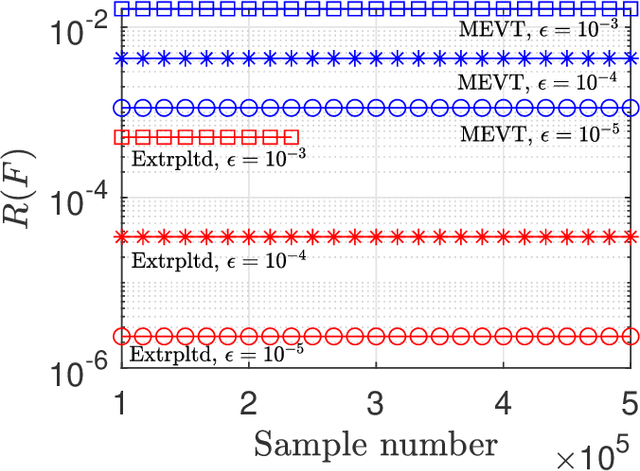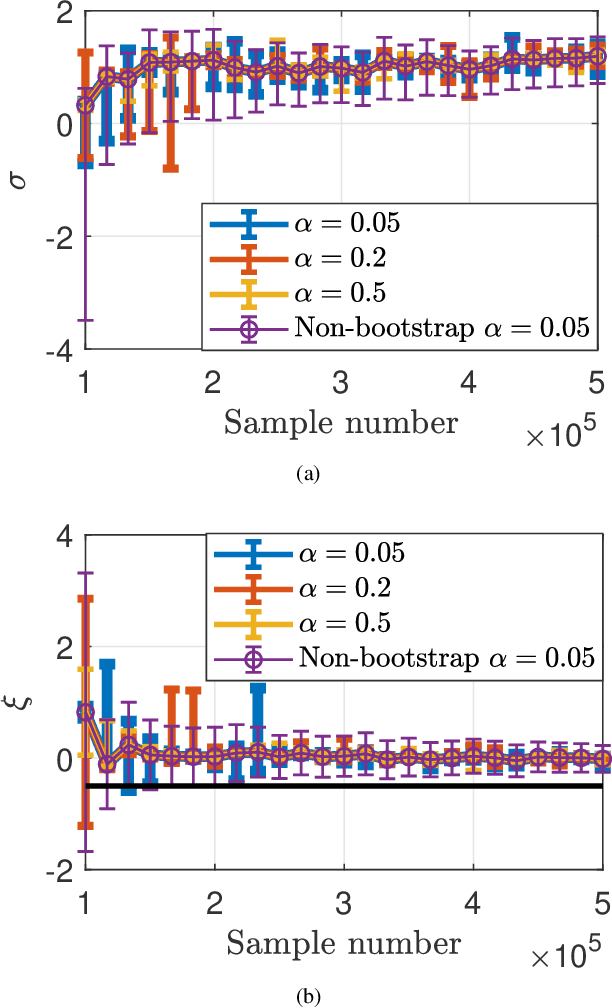Multivariate Extreme Value Theory Based Rate Selection for Ultra-Reliable Communications
Paper and Code
Jan 11, 2024



Diversity schemes play a vital role in improving the performance of ultra-reliable communication systems by transmitting over two or more communication channels to combat fading and co-channel interference. Determining an appropriate transmission strategy that satisfies ultra-reliability constraint necessitates derivation of statistics of channel in ultra-reliable region and, subsequently, integration of these statistics into rate selection while incorporating a confidence interval to account for potential uncertainties that may arise during estimation. In this paper, we propose a novel framework for ultra-reliable real-time transmission considering both spatial diversities and ultra-reliable channel statistics based on multivariate extreme value theory. First, tail distribution of joint received power sequences obtained from different receivers is modeled while incorporating inter-relations of extreme events occurring rarely based on Poisson point process approach in MEVT. The optimum transmission strategies are then developed by determining optimum transmission rate based on estimated joint tail distribution and incorporating confidence intervals into estimations to cope with the availability of limited data. Finally, system reliability is assessed by utilizing outage probability metric. Through analysis of data obtained from the engine compartment of Fiat Linea, our study showcases the effectiveness of proposed methodology in surpassing traditional extrapolation-based approaches. This innovative method not only achieves a higher transmission rate, but also effectively addresses stringent requirements of ultra-reliability. The findings indicate that proposed rate selection framework offers a viable solution for achieving a desired target error probability by employing a higher transmission rate and reducing the amount of training data compared to conventional rate selection methods.
 Add to Chrome
Add to Chrome Add to Firefox
Add to Firefox Add to Edge
Add to Edge